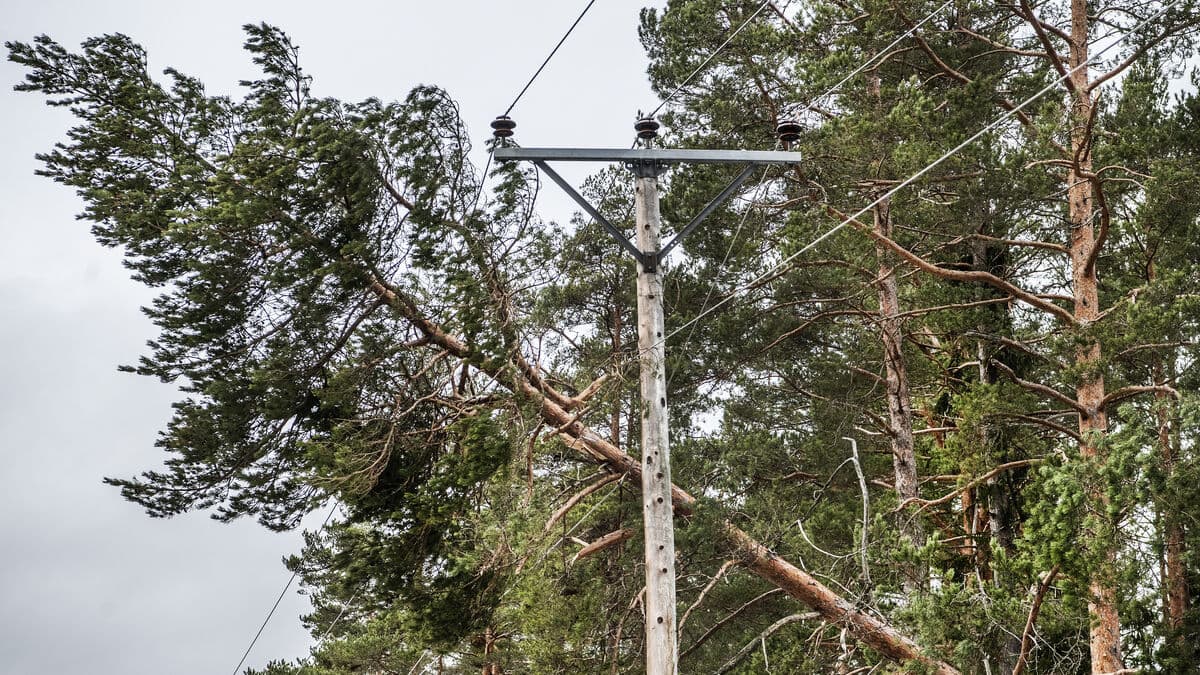Wind, rain, and snow are causing the Swedish Meteorological and Hydrological Institute (SMHI) to advise inexperienced visitors not to venture out into the mountains. The background to the winds is a deep low-pressure system north of Scandinavia, and the wind is expected to decrease during Tuesday evening, according to SMHI.
The warning will take effect tonight and will remain in place throughout Tuesday, according to Mattias Lind, duty meteorologist at SMHI.
Where it's at its worst, winds can reach just below storm level, he says.
Inform about your travel plan
The Swedish mountains are a popular destination for many, but in the mountainous terrain, the weather and temperature can change quickly. Hielke Chaudron, group leader for the Funäsdalen mountain rescue group, takes safety very seriously and thinks it's most important to inform someone about your hiking route before you head out.
You should inform someone about your route and when you plan to return. If you get lost and your phone breaks, it's important that someone else can raise the alarm, he says.
It's also important to bring extra food, water, and clothes, as well as a compass, so you can navigate in the right direction in case of an emergency.
Turn back in time
In the autumn, the weather can change quickly, and a day that starts out sunny can become very cold if clouds roll in and the wind changes.
A temperature of 20 degrees can quickly drop to 10 degrees. And if you add wind and rain, it can quickly feel like just a few plus degrees, says Hielke Chaudron.
At a wind speed of 18-24 meters per second, which is expected in the Norrbotten and Västerbotten mountains on Tuesday, it will be very difficult to make progress and there will be major difficulties in setting up tents, according to the mountain rescuer.
You simply have to replan your trip if you were planning to hike in the area tomorrow. It's not worth it, even if you've been looking forward to it all summer. And if you're already out, you should turn back in time.
Choose lightweight clothing that protects against rain and wind, and breathes when you get warm. Dress in multiple layers.
Keep track of the weather conditions where you plan to be, as the weather can change quickly.
Prepare your hike and adapt your trip and equipment according to the weather and terrain. If possible, contact locals at your destination. They know the surroundings and can tell you about areas to avoid.
Pack food, water, and extra clothes, regardless of how short your trip is planned.
Tell family or friends about your planned hike.
Follow marked trails and/or use a map and compass. Marked trails make it easier to find your way and are a safer option if you need help.
Remember that certain hazards and obstacles, such as open streams or protruding rocks, may not be visible when there is a lot of new snow.
Extend your mobile phone's battery life by keeping it close to your body.
Source: The Police





